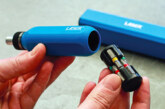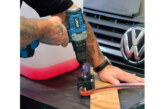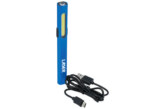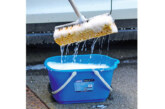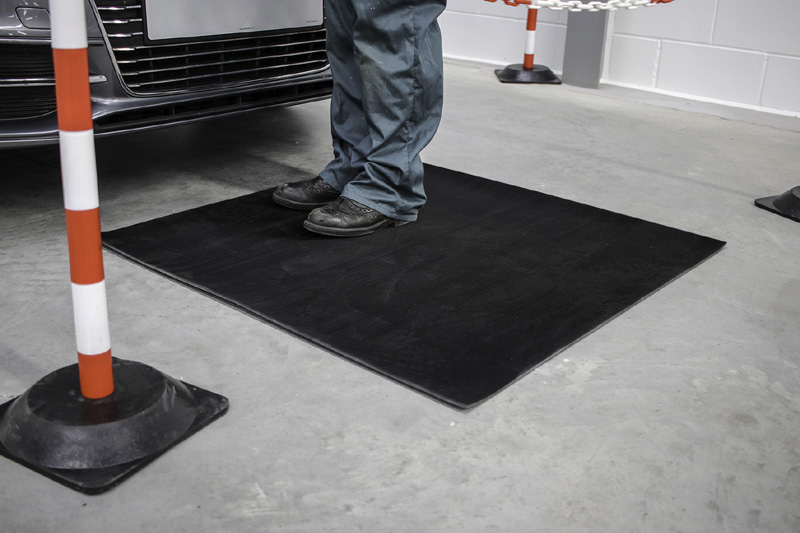
Technology is changing at a rapid rate and so it’s vital that technicians invest in the relevant training and equipment to continue to work safely and efficiently, as Sealey explains.
For decades the engine choice for both the bus and coach industry has been the faithful diesel engine. This power source is still the most suited for this purpose, but due to changes in environmental legislation and emission zone rules, this power source is coming under tighter scrutiny than it has ever done before.
Hybrid and fully electric buses are becoming available, but they will not suit all operators’ needs and route demands. With the lack of an immediate solution to finding another power train, vehicle manufacturers are tackling the exhaust emissions issues in a number of ways.
Reducing the weight of the vehicle is the starting point for the manufacturers. This may involve using different construction materials. One of the largest bus and coach manufacturers has recently developed a space framed vehicle that no longer has a conventional chassis. This design has seen an impressive weight reduction of 800kg compared to similar sized conventional vehicles. This weight saving means a smaller engine can be used and a smaller capacity fuel tank can be fitted. A smaller engine and less mass
equates to fewer exhaust emissions.
Alternative fuel source
Another solution is to retrofit parts to make older diesel powered vehicles comply with newer exhaust emission regulations. An alternative fuel source which is becoming more common is compressed natural gas (CNG). With CO2 emissions 20% lower than a Euro 6 diesel engine, coupled with a 95% reduction in particulates, there is bound to be strong interest for operators running city centre routes.
So what does all this mean for the commercial vehicle workshop? Training technicians to be able to work on these newer technologies is vital. Having the correct tools and equipment available is equally important.
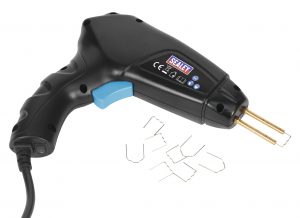 ABS and other plastics have been in use for some time within vehicle bodies, due to their weight saving properties compared to other materials and the ease of manufacture. Their use is likely to increase. Repairing plastic components is a relatively simple process for which the RE023 Plastic Repair Hot Staple Gun, with a high, medium and low power option, is said to be ideally suited.
ABS and other plastics have been in use for some time within vehicle bodies, due to their weight saving properties compared to other materials and the ease of manufacture. Their use is likely to increase. Repairing plastic components is a relatively simple process for which the RE023 Plastic Repair Hot Staple Gun, with a high, medium and low power option, is said to be ideally suited.
It is supplied with 100 staples of each of the following sizes: 0.6mm U-shaped, 0.8mm Ushaped and 0.6mm V-shaped.
The need to reduce NOx in cities will certainly see the rapid increase in hybrid and electric buses. Fully electric buses are being trialled by selected operators in the UK and are proving successful. Again, training and having the correct tools is key to repairing these vehicles successfully.

 The HVM17K02 Electrician’s Insulating Rubber Safety Mat is a Class 2 high voltage floor mat, and the HVG1000VL Electrician’s Safety Gloves are grade zero gloves – suitable for working on systems up to 1kV AC in accordance with EN 60903. They are both the first line of defence for the technician when working on these systems.
The HVM17K02 Electrician’s Insulating Rubber Safety Mat is a Class 2 high voltage floor mat, and the HVG1000VL Electrician’s Safety Gloves are grade zero gloves – suitable for working on systems up to 1kV AC in accordance with EN 60903. They are both the first line of defence for the technician when working on these systems.
Sealey says that the correct type of multimeter must always be used. The TA320 Digital Automotive Analyser/Insulation Tester conforms to EN61010 CAT III (1000V) and is suitable for use on hybrid vehicles. It is supplied with high voltage probes, thermocouple and wireless USB cable. According to the company, the next few years will see a significant change in the vehicles being produced, and a corresponding change in the tools and equipment needed to work on them.

